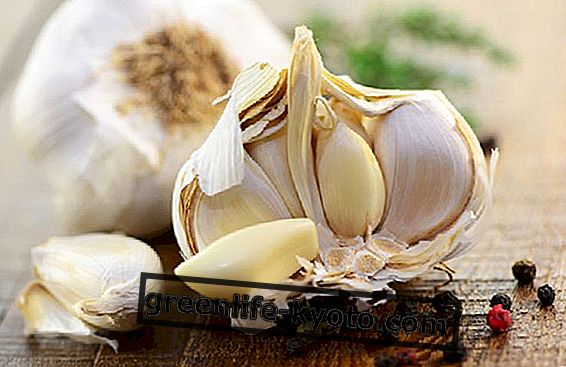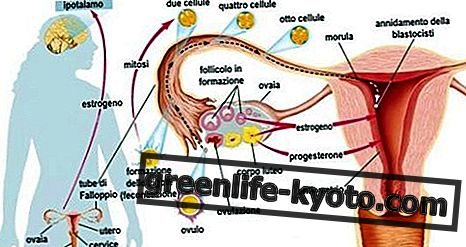
Turmeric is an effective natural remedy for various ailments and can also be of great help as a painkiller . Let's see why use turmeric in case of pain.
Turmeric, when to take it
Turmeric ( Curcuma Longa L.) is a rhizome used as a spice in the kitchen and has many health and wellness benefits . Widely studied and used in herbal medicine and phytotherapy, turmeric is in fact a natural remedy useful for various problems.
Turmeric is used above all in the case of digestive disorders such as dyspepsia and flatulence and for the treatment of problems related to the bile flow, since it is cholagogue and choleretic, ie it stimulates the production and excretion of bile.
Turmeric is also used in the treatment of mild cognitive disorders and in depression.
Thanks to its anti-inflammatory action, turmeric can also be of great help as a pain reliever in inflammatory pains.
Turmeric, when and how to use it as a painkiller
The rhizome that contains monosaccharides, polysaccharides, curcuminoids and an essential oil is used in turmeric. Curcuminoids and essential oil, in addition to giving the yellow color and aroma to turmeric, are responsible for the various activities of this rhizome.
The anti-inflammatory action is due to curcumin, the main curcuminoid present in the turmeric rhizome: curcumin in fact inhibits some factors involved in inflammation, revealing itself to be a good natural remedy in case of rheumatism pains .
Since curcumin is an unstable and poorly absorbed molecule in the intestine, we recommend taking turmeric together with black pepper : in fact piperine can increase the bioavailability of curcumin.
Turmeric can be taken in the form of extract and is sold in herbal medicine already added with black pepper. Alternatively , turmeric can be given as a decoction, boiling the rhizome for at least ten minutes.
Another way to use turmeric as a painkiller is to add a teaspoon of turmeric powder and a teaspoon of black pepper to a tablespoon of honey, to be taken every day in case of inflammatory pains.
Turmeric, when it hurts
Turmeric is considered a safe remedy but at high doses and in case of prolonged treatment it can give side effects.
Some side effects of turmeric are represented by allergic reactions in predisposed subjects, gastric disorders and ulcers.
Attention should also be paid to the anti-aggregating action of turmeric if anticoagulant therapies are being followed and the blood sugar level is lowered if hypoglycemic drugs are taken. In any case, a dosage of 1.5-3 grams of turmeric per day has no side effects.
Turmeric should not be taken in the presence of biliary obstruction and caution should be exercised in administering turmeric during pregnancy and lactation since curcumin is able to stimulate uterine muscles.
Photo kerdkanno / 123rf.com













